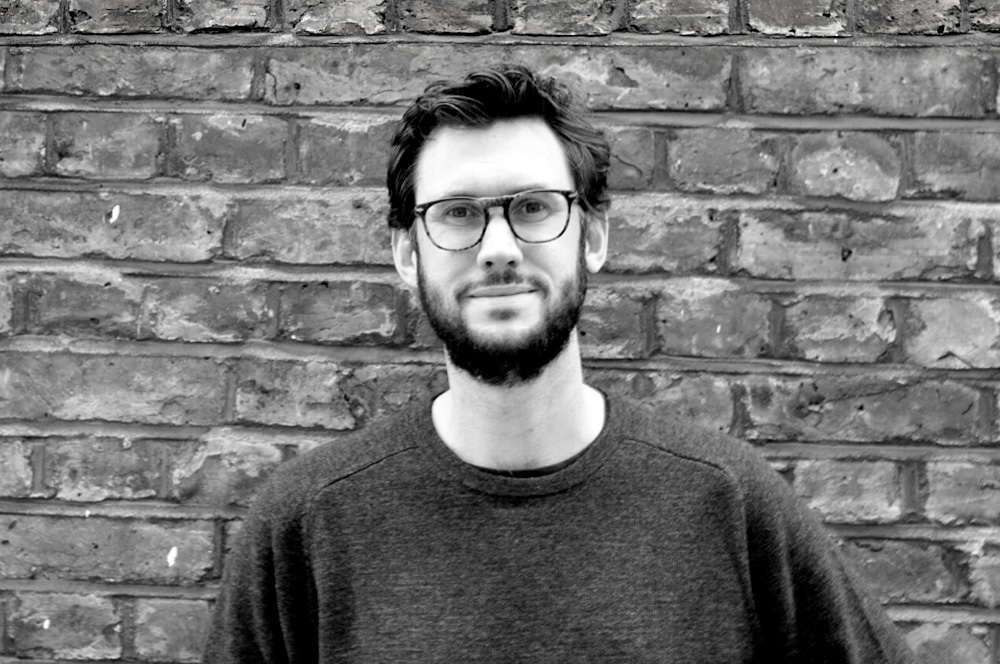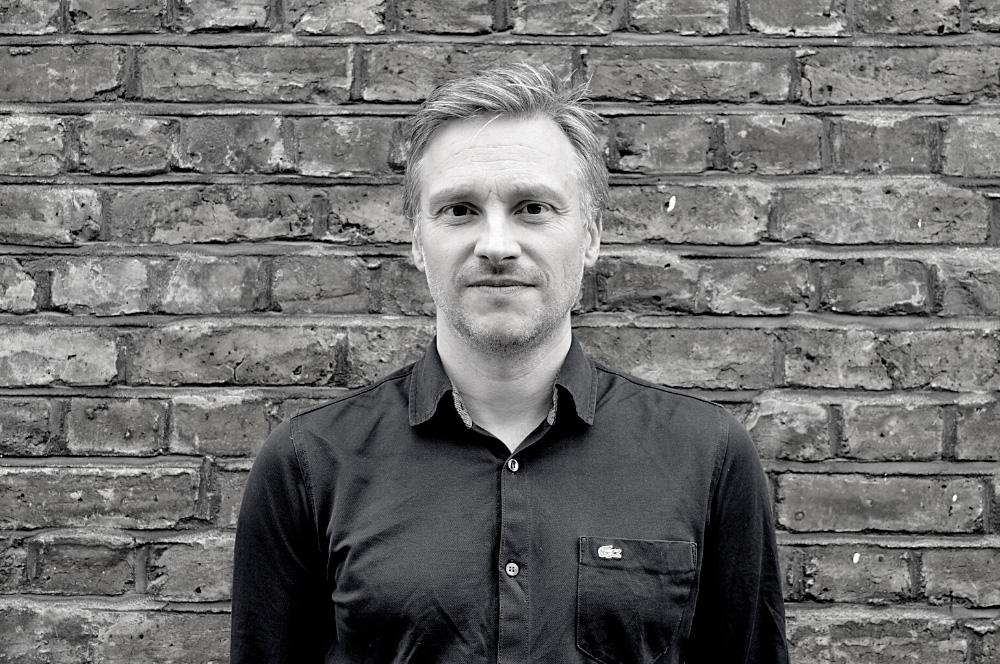Culmer Raphael is an environmental research organisation and political consultancy headquartered in London.
Expertise
Our expertise includes a comprehensive range of environmental issues that are growing more urgent by the day.
- Protecting forests and natural habitats
- Promoting sustainable agriculture
- Decarbonising buildings and heating
- Decarbonising heavy industry
- Promoting fair raw materials extraction
- Advising on zero carbon power systems
- Identifying greenwash
- Understanding climate risk
Funding and clients
Much of our work is funded by foundations and other Not-for-Profits, although we have worked for some private sector organisations as well. Current and past funders and clients are listed below.
Culmer Raphael is the publisher of Land and Climate Review and the Land and Climate Podcast.
Leadership
Culmer Raphael was founded in 2014 by Alasdair MacEwen and Edward Robinson. Since it’s foundation, Culmer Raphael has adopted an ethical policy that prevents it from working for organisations promoting products that are damaging to the environment or to human health.

Edward Robinson
An EU and UK policy expert, advising clients on zero carbon buildings, clean energy and materials. Has worked for the European Climate Foundation, Hill & Knowlton and Green Alliance.
